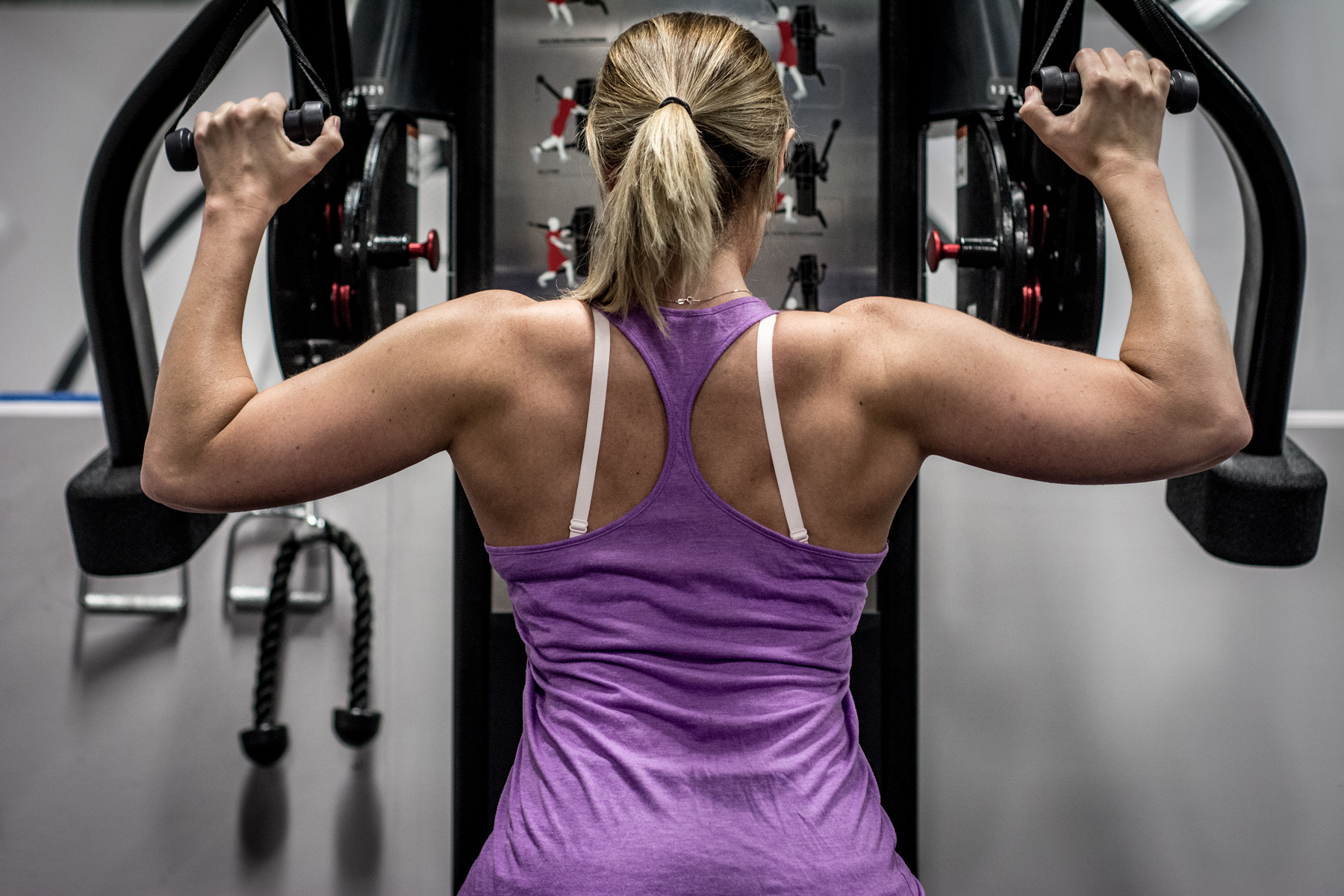As we age, maintaining bone health becomes increasingly important. For those in their later years, ensuring strong bones can prevent injuries, enhance mobility, and improve overall well-being. Resistance training, also known as strength training or weightlifting, is a powerful tool in this regard. Let’s look at how resistance training boosts bone mass and why it’s a vital part of your fitness regimen, especially as you age.
Mechanical Stress: Strengthening Bones Through Load
Resistance training places mechanical stress on the bones through weight-bearing exercises. This stress is essential because it stimulates bones to adapt and become stronger, leading to increased bone density. When you lift weights, the muscles pull on the bones, creating a load that the bones need to support. This load triggers the bones to remodel and become more robust, much like how muscle fibers tear and rebuild stronger during strength training.
For instance, exercises like squats and lunges place significant stress on the bones in your legs and hips, areas crucial for mobility and balance. This stress prompts your body to lay down more bone tissue, making these bones denser and stronger over time.
Osteoblast Activity: Building New Bone Tissue
Resistance training stimulates osteoblasts, the cells responsible for bone formation. When you perform resistance exercises, the mechanical stress signals osteoblasts to lay down new bone tissue, increasing bone density. These cells are vital in the bone remodeling process, which involves the removal of old or damaged bone tissue and the formation of new bone tissue.
Consider incorporating exercises like deadlifts or bench presses into your routine. These movements not only build muscle but also encourage osteoblast activity, leading to stronger bones.
Hormonal Response: The Role of Growth Hormones
Resistance training triggers the release of growth hormone, insulin-like growth factor 1 (IGF-1), and testosterone in both men and women. These hormones play a significant role in bone health and contribute to the stimulation of bone formation and mineralization. For aging professionals, this hormonal boost is crucial as hormone levels naturally decline with age, potentially affecting bone density.
Engaging in regular resistance training helps counteract this decline. Compound exercises like squats, deadlifts, and overhead presses are particularly effective in stimulating hormone production, enhancing bone health and overall vitality.
Impact on Bone Remodeling: Balancing Formation and Resorption
Regular resistance training helps balance the bone remodeling process. It promotes the removal of old or damaged bone tissue by osteoclasts while stimulating the production of new bone tissue by osteoblasts. This balanced bone remodeling process improves bone density over time, ensuring that bones remain strong and resilient.
For example, performing exercises like lunges, rows, and leg presses can help maintain this balance, particularly in weight-bearing areas prone to bone density loss, such as the spine, hips, and legs.
Weight-Bearing Nature: Targeted Bone Health Benefits
Many resistance exercises are weight-bearing activities, which have a positive impact on bone health by increasing bone density. Weight-bearing exercises, such as squats, lunges, and weightlifting, specifically target the bones that support the load, particularly in the legs, hips, and spine.
Incorporating a variety of these exercises into your routine ensures comprehensive bone health benefits. For example, alternating between upper body exercises like bench presses and lower body exercises like squats ensures that you are addressing bone density throughout your entire body.
Crafting Your Resistance Training Program
It’s important to note that the intensity, frequency, and variety of resistance exercises are key factors in promoting bone density. Here are some tips for developing a safe and effective resistance training program:
- Consult a Professional: Work with a fitness professional or exercise specialist to tailor a program to your specific needs and goals.
- Start Gradually: Begin with lighter weights and gradually increase the load as your strength and confidence improve.
- Focus on Form: Proper form is crucial to avoid injuries and maximize the benefits of each exercise.
- Mix It Up: Include a variety of exercises targeting different muscle groups to ensure balanced bone and muscle development.
- Consistency is Key: Aim to perform resistance training exercises at least two to three times per week for optimal results.
By incorporating resistance training into your fitness routine, you can significantly enhance your bone health, ensuring you stay strong and resilient well into your later years. Not only does this help prevent osteoporosis and related injuries, but it also contributes to overall physical and mental well-being, allowing you to maintain the active lifestyle necessary to succeed in both your professional and personal life.

